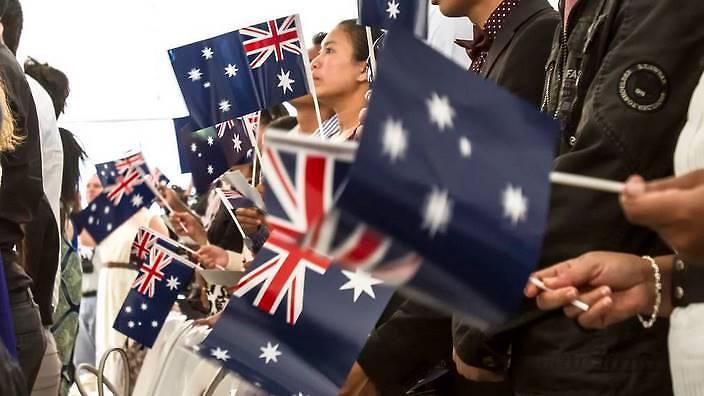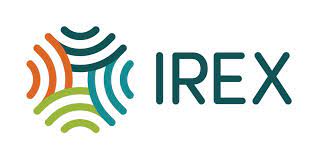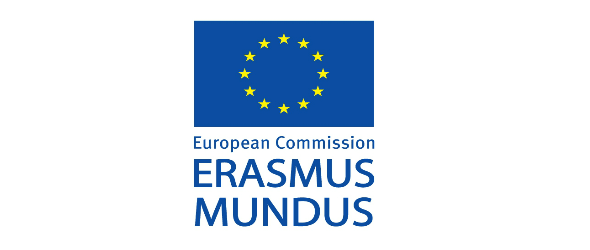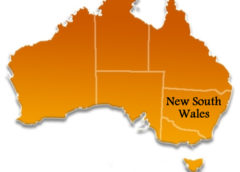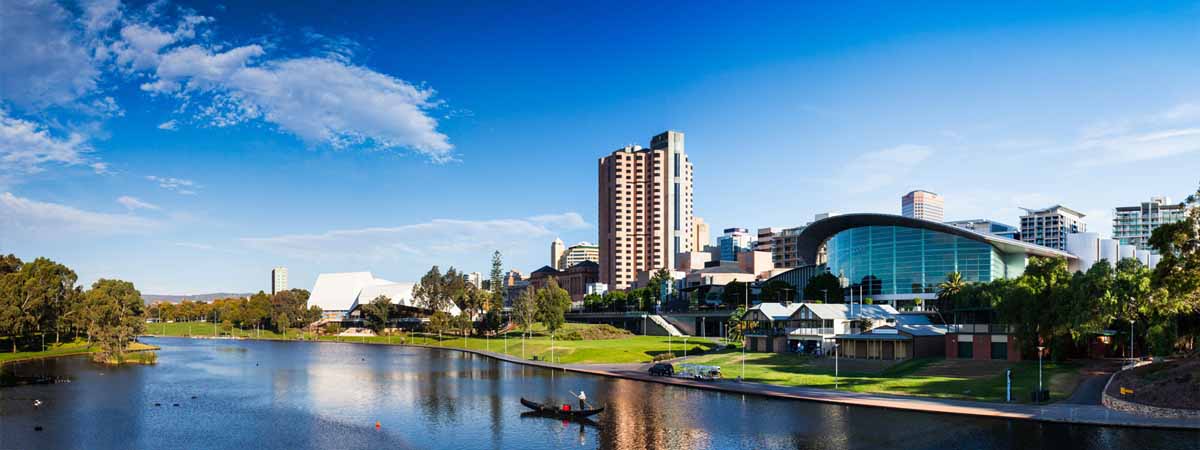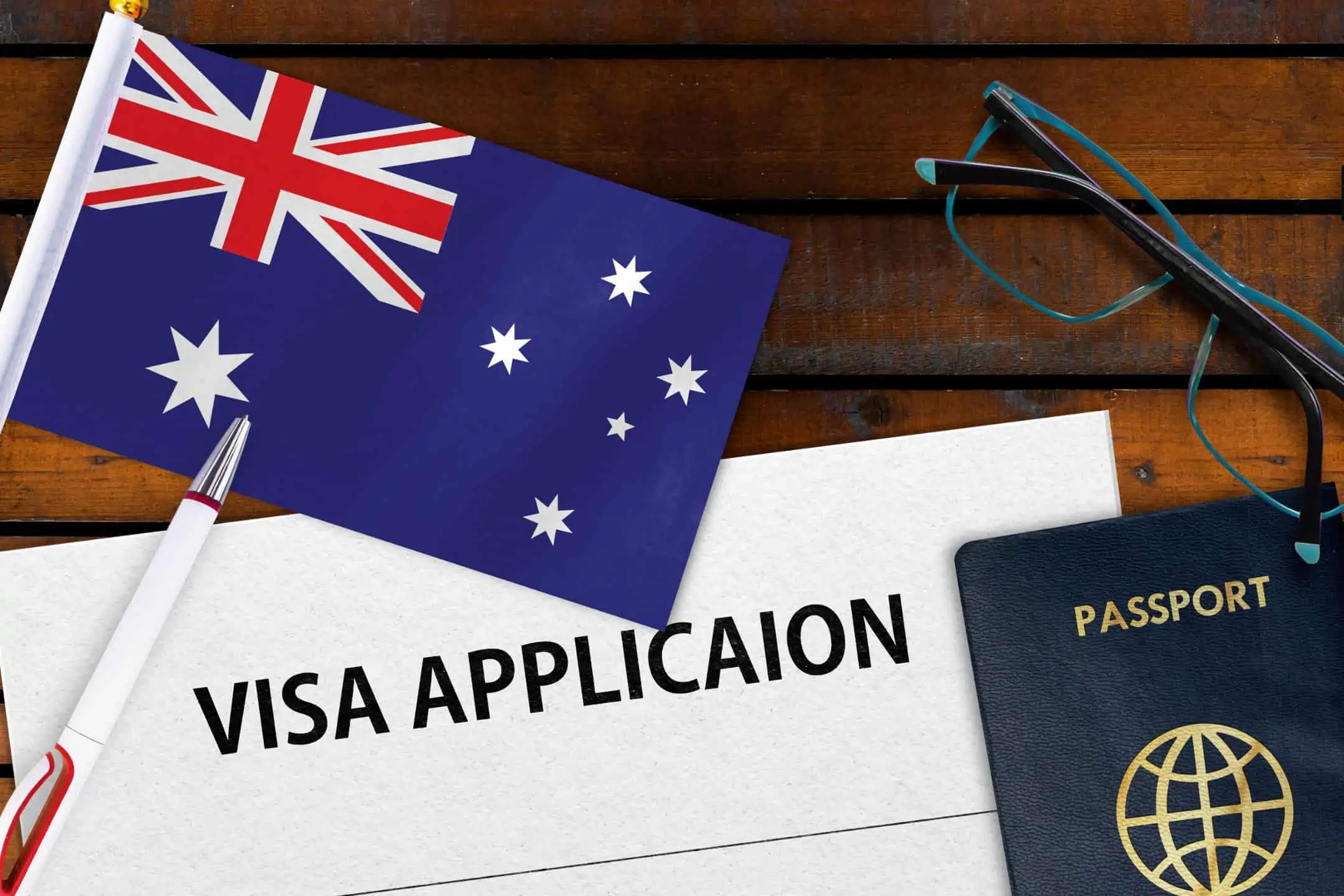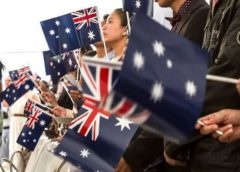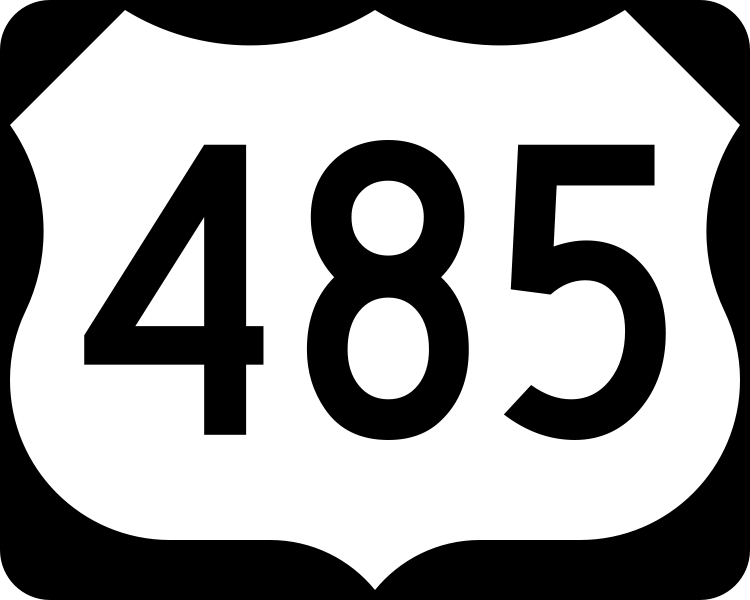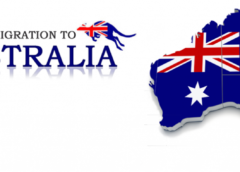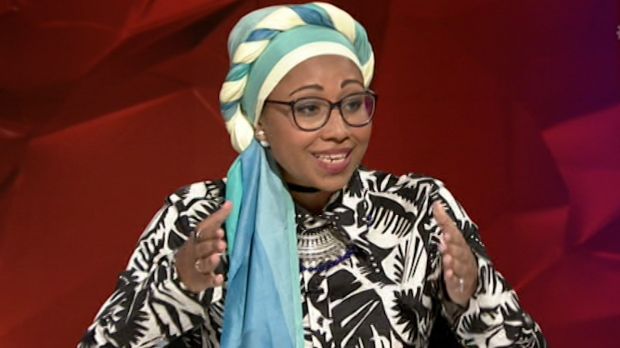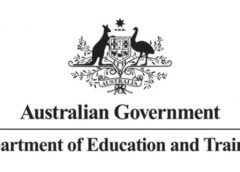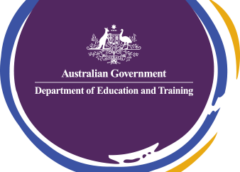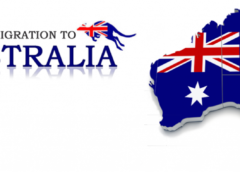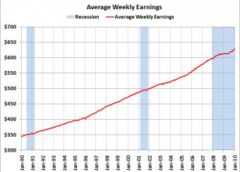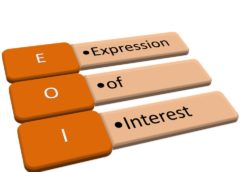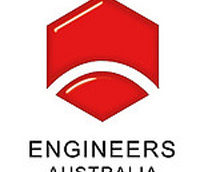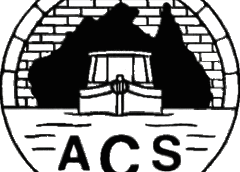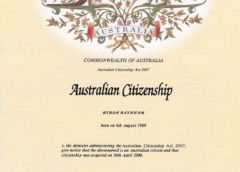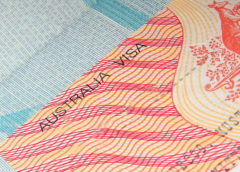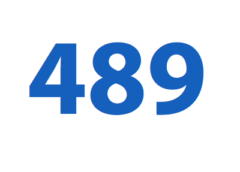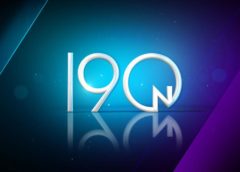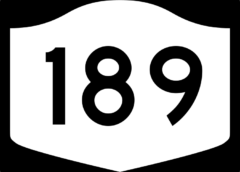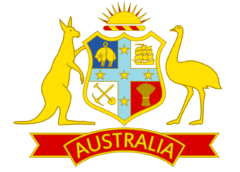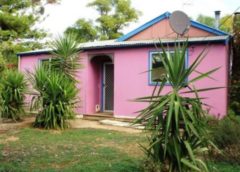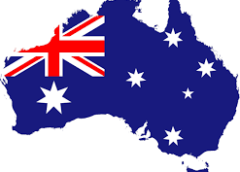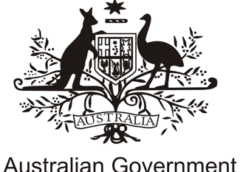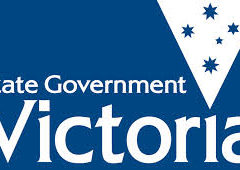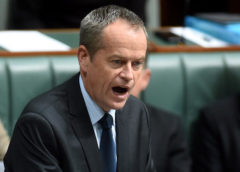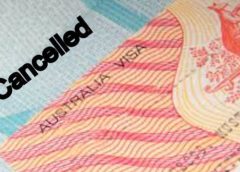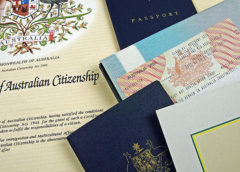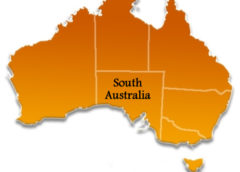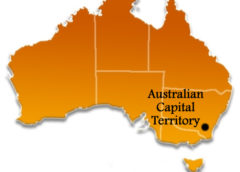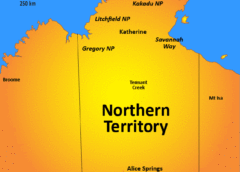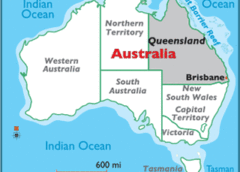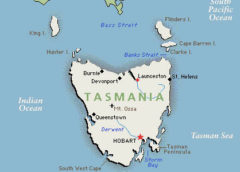NSW half-yearly budget outlook shows why NSW is losing billion
Gladys Berejiklian is the envy of the nation’s Treasurers.
The NSW economy is humming, her budget is comfortably in the black and the state’s net debt is close to zero, notwithstanding an ambitious infrastructure program.
The looming GST brawl
Increasing the rate of the GST or broadening its base may be off the agenda, but the states are brawling over their respective shares. Here’s why.
Ms Berejiklian even invited other states to “copy” NSW when she released the state’s half-yearly budget report on Tuesday.
“We encourage the other states to catch up to us – not overtake us – but catch up,” she said.
But there is a downside to the success – NSW will be getting a much smaller split of the GST which makes about a quarter of the state’s revenue.
The federal government collects the GST on behalf of the states. A complicated formula created by a specialist agency called the Commonwealth Grants Commission determines how much each state and territory receives. The aim is to ensure each one has an equivalent capacity to deliver services. That’s a worthy goal, but there are many criticisms. The astonishingly complex formula lacks transparency and makes state budgeting difficult. Economists have argued it rewards poor economic management and penalises success
Ms Berejiklian’s half-yearly budget review says NSW is being “left worse off” for having the nation’s strongest performing economy.
“The current system also discourages states from introducing productivity boosting reforms,” it said.

The method for carving up the GST recently came in for ferocious attack from the West Australian government after it suffered a massive drop in GST during the mining boom.
Now it’s the NSW government’s turn.
Ms Berejiklian said NSW now has to “subsidise the other states to a greater extent” because it is doing so well.
“NSW is being penalised for taking the hard decisions and having the nation’s strongest economy while other states are rewarded for not introducing stronger fiscal management or economic reform,” Ms Berejiklian said.
“This is a perverse disincentive to state governments who are disciplined and courageous in managing the economy.”
The state Treasury estimates that by the end of the decade NSW will account for about 34 per cent of Australia’s consumption (the thing actually taxed by the GST) but receive a little over 25 per cent of the national GST pool. That means households in the state will pay $23.7 billion in GST but get back only $17.8 billion in return – by far the most any state has given to the others in the history of the GST. That’s sure to be a tough political test for the GST distribution system. And if the NSW economy continues to outperform, its share could shrink even further.
In August Prime Minister Malcolm Turnbull flagged reforms to set a minimum “floor” for each state’s GST share but later said any change was “some years” away.
The NSW government, and others, has long called for the GST to be distributed on an equal per capita basis with a federal government “top up” for smaller states to ensure they are no worse off.
Ms Berejiklian’s budget review says that would be “a fairer and more efficient method of distributing GST”.



